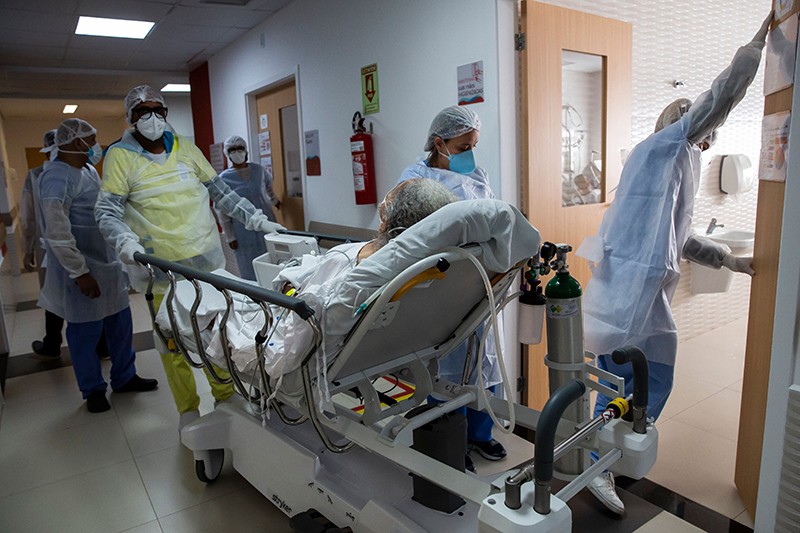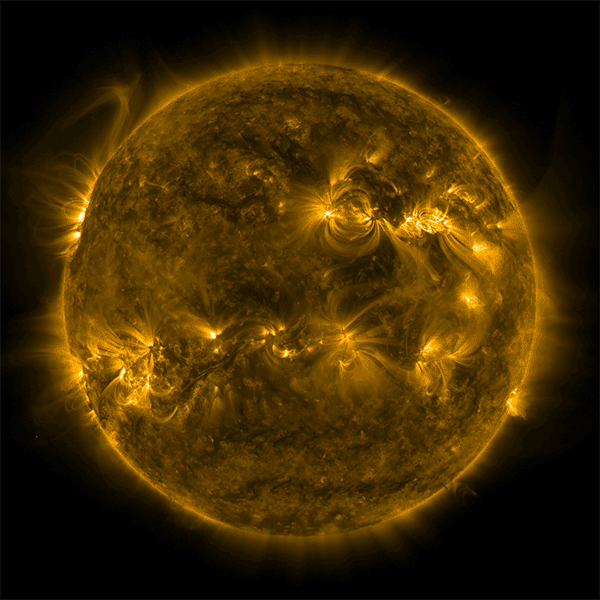Hello Nature readers, would you like to get this Briefing in your inbox free every day? Sign up here.
Even a mild case of COVID-19 can increase a person’s risk of developing diabetes up to a year later, finds a study of more than 180,000 veterans in the United States. For participants who had been hospitalized with severe COVID-19, the risk of developing the chronic disease was triple that of those who never had COVID-19. As confirmed COVID-19 cases reach 480 million globally, even a modest rise in diabetes risk could correspond to a drastic jump in the number of people with the disease. But the findings might not translate to other groups of people. The US veterans in the study were mostly older white men, many of whom had risk factors for diabetes.
Nature | 5 min read
Reference; The Lancet Diabetes & Endocrinology paper
US$40 million
Table of Contents
The amount that a Yale University administrator stole from its School of Medicine in the form of illicitly obtained computers and iPads. (NPR | 3 min read)
Researchers listened to seven years of manatee (Trichechus manatus latirostris) chat to learn how the gentle, solitary grazers communicate. Almost all of the creatures’ vocalizations fall into three categories: a high squeak used between mother and calf, a lower squeak that indicated stress and a squeal recorded during “cavorting” and “frisky behaviour”. Hear them all in Scientific American’s 60-Second Science podcast.
Scientific American | 5 min listen (or 3 min read)
Reference: Marine Mammal Science paper
An analysis of dozens of clinical trials has a clear message about when to give monoclonal antibodies, a type of COVID-19 therapy: the earlier people get them, the better they fare. The study, which has not been peer-reviewed, suggests that many antibody therapies might work at doses much lower than those usually administered — good news, because they’re very expensive. “We’ve been giving huge doses of antibodies,” says immunologist and study co-author Miles Davenport. “You could get away with using much, much lower doses.”
Meanwhile, a large clinical trial in Brazil has extinguished any lingering hope that a controversial drug has any benefit as a treatment for COVID-19. The antiparasitic drug ivermectin had no effect on hospital admissions in the gold-standard double-blind, randomized, placebo-controlled trial. “Now that people can dive into the details and the data, hopefully that will steer the majority of doctors away from ivermectin towards other therapies,” says physician and co-author David Boulware.
Nature | 4 min read & The New York Times | 5 min read
Reference: medRxiv preprint & The New England Journal of Medicine paper
Features & opinion
European Union member states seem to be warming to the idea that intellectual-property rules should be relaxed for COVID-19-related patents. The move should allow more countries to make their own coronavirus vaccines, drugs and testing kits. But the process is bogged down in the details of the patents in question. “A faster solution would be to allow vaccines to be reproduced, legally, without the need to wait for a complete list of patents as a condition to getting started,” argues a Nature editorial. “This could provide the best chance of saving lives, protecting economies, stopping the rise of new variants and, ultimately, curbing this devastating pandemic.”
Nature | 5 min read
Over decades, the supportive, anarchic community that developed inside ‘The Cave’ — a basement room on the campus of the University of California, Berkeley — nurtured a generation of blind scientists and innovators. Officially known as the blind students study center, The Cave was stocked with assistive technology and staffed with readers to transcribe homework. Joshua Miele, who is now a MacArthur ‘genius grant’ winner who builds adaptive technologies at Amazon, says the space was instrumental in his personal and intellectual development. “I came to Berkeley for the physics, and stayed for the disability,” he says.
STAT | 20 min read
Barriers big and small divide much of the globe, from the United States’s controversial border wall to the world’s longest fence — the 5,600-kilometre-long Wild Dog Barrier Fence in Australia. They affect ecosystems on every scale, from decreasing insect abundance (because they give spiders ample places to build their webs) to impeding the long-distance migration of wildebeests. Scientists say they are only beginning to map these barriers, their impacts and how they are intertwined with the needs of human communities. Nevertheless, changes are already happening, with some fences being modified, removed or made more permeable for wildlife.
Yale Environment 360 | 9 min read


